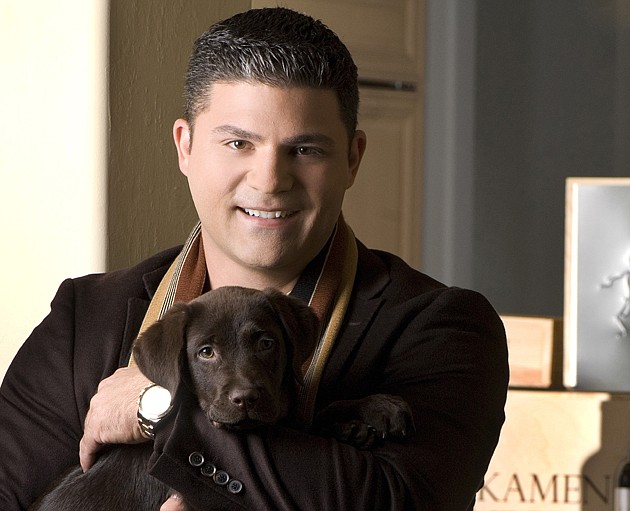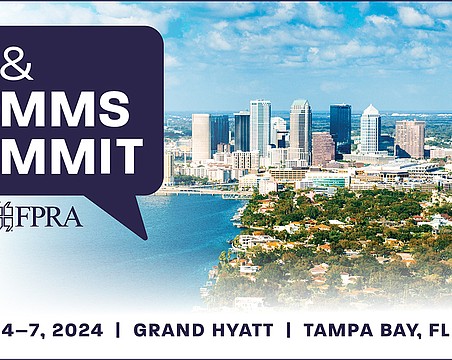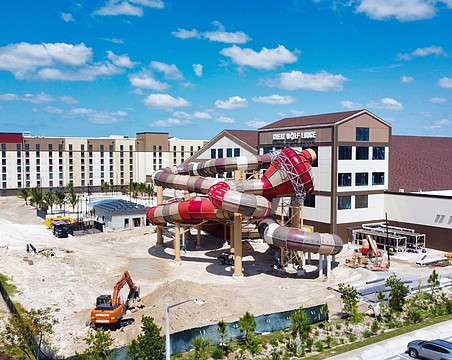Pharmaceutical sales is rigorous work, demanding long hours on the road and the skill to negotiate past the gatekeepers to reach busy doctors.
Jonathan Rotella excelled at this and developed an extensive network of contacts selling blockbuster drugs for companies such as Hoffman-La Roche, Sanofi and Schering-Plough in the Bradenton-to-Naples region.
The ambitious 38-year-old who moved to Naples in 2000 quickly made a name for himself among physicians. “Because of those relationships, I learned about wound care,” he says.
Patients with chronic diseases such as diabetes often have wounds that are difficult to heal. Rotella realized that he could help hospitals manage these patients more effectively by improving patient outcomes and decreasing patients' length of stay, two measures for which hospitals are being rewarded by the government under the new health care law.
So Rotella formed NexGen Hyperbaric and now operates seven wound-care centers in partnerships with hospitals in six states. He's planning another three centers as well as negotiating a possible acquisition that would vault his company to 20 centers.
Hyperbaric medicine involves using oxygen at various pressures to treat wounds. Medicare, the government's insurance program for older people, has approved hyperbaric medicine for wounds ranging from foot ulcers to crush injuries, Rotella says.
To establish a center, Rotella identifies a “champion” physician in a market he considers underserved, and then together they lobby hospital administrators to contract with NexGen to provide hyperbaric treatment on a fixed-fee schedule. “I offer a turnkey program with no risk to the hospital,” Rotella says.
The hospital doesn't have to spend the capital on a hyperbaric-medicine program because NexGen spends $250,000 to $3 million to renovate or build a new wound-care treatment center, usually in an outpatient building on a hospital campus. The hospital collects the reimbursement from insurers.
Meanwhile, physicians can use the NexGen center and generate professional fees from insurers like Medicare as an additional source of income. “Physicians are working harder,” says Rotella.
Each NexGen center measures 2,000 to 4,500 square feet and has a staff of eight to 10 people. To help him manage labor costs and keep the focus on patients, Rotella hired AMN Healthcare to screen and provide the staff. “It makes us very efficient,” he says.
Rotella uses bank financing to build the centers, though he acknowledges it was hard to convince bankers of the viability of his first project. His first deal in 2006 had a 50% loan-to-value ratio, and Rotella had to put up significant cash savings to make the deal work. He jokes that explaining his business to bankers in the beginning was like explaining quantum physics to first-graders.
Rotella, who declines to cite revenues, says he prefers to build the company on his own using debt rather than take on investors and partners. “The more people you have involved, the more you have to answer to,” he says.
The big challenge on the horizon is how the new health care legislation will affect hospitals and reimbursements for hyperbaric medicine. “We really don't know what's going to happen,” says Rotella.






